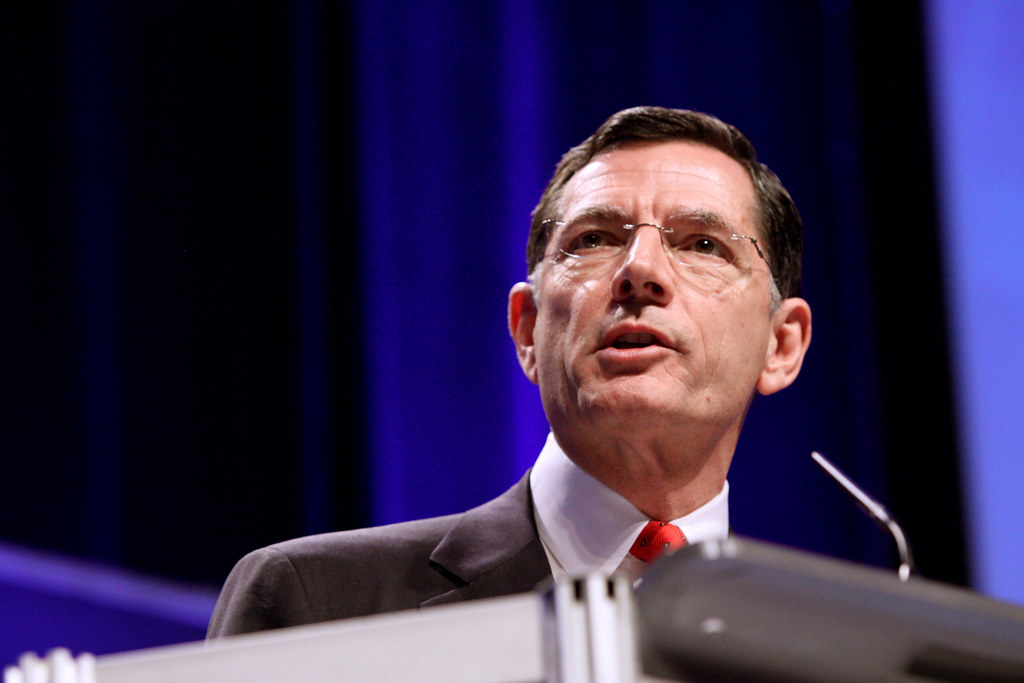Have a story idea
Have a story idea? Send it to us here.

Source : Static Flickr
May 20, 2025
Author : Alex Bustillos
In a move that adds new momentum to the debate over federal transportation spending, U.S. Senator Cynthia Lummis (R-WY) has introduced the Highway Funding Flexibility Act, which would allow states to redirect unused electric vehicle (EV) charger funds toward highway and bridge projects.
The bill, initiated in April 2025, proposed reallocating the remaining funds from the National Electric Vehicle Infrastructure (NEVI) and Charging and Fueling Infrastructure (CFI) programs, which are funded by the 2021 Infrastructure Investment and Jobs Act (IIJA) and supported by the Biden administration. According to Senator Lummis’s office, these funds are sitting idle in many states due to low EV adoption and implementation barriers, particularly in rural areas.
“Wyoming and other states have millions of dollars sitting idle in accounts for chargers that they just can’t build,” Lummis said in a statement to Cowboy State Daily. “This bill would authorize states to redirect unused EV charger funds to roads and bridges, where that money is urgently needed.”
If passed, the bill would allow states to use those unobligated funds for:
The proposal comes amid broader concerns about the uneven rollout of EV infrastructure. Although all 50 states, the District of Columbia and Puerto Rico have filed plans for EV charging networks, development has been steady in remote areas such as Wyoming, where vast travel distances and limited grid access pose substantial hurdles.
The Wyoming Department of Transportation (WYDOT) is investing $1.76 billion in highways and bridges, with only $25 million allocated to EV chargers. The imbalance underscores Lummis’s call for flexibility in how federal infrastructure dollars are used.
Truck drivers could also benefit from the bill, as it opens the door for funding to be redirected toward long-overdue investments in commercial truck parking, a well-documented safety concern for the freight industry.
In addition to road upgrades, Lummis’ measure could help with environmental mitigation initiatives such as wildlife crossings, which are becoming a top focus for highway planners looking to avoid vehicle collisions with animals in places like Wyoming and Montana. These structures have proven to be beneficial at improving road safety and protecting local ecosystems.
Some transportation and logistics organizations have already praised the law, particularly those campaigning for rural infrastructure investment. However, environmentalists warn that cutting funding for EV initiatives could hinder national efforts to reduce emissions and move to greener transportation systems.
The bill has been referred to the Senate Committee on Environment and Public Works. If it gains traction, it could significantly shift the balance of how IIJA funds are spent and fuel further debate on whether EV-focused programs are keeping pace with the nation’s varied transportation needs.
Category : Department of Transportation Freeways and Highways
